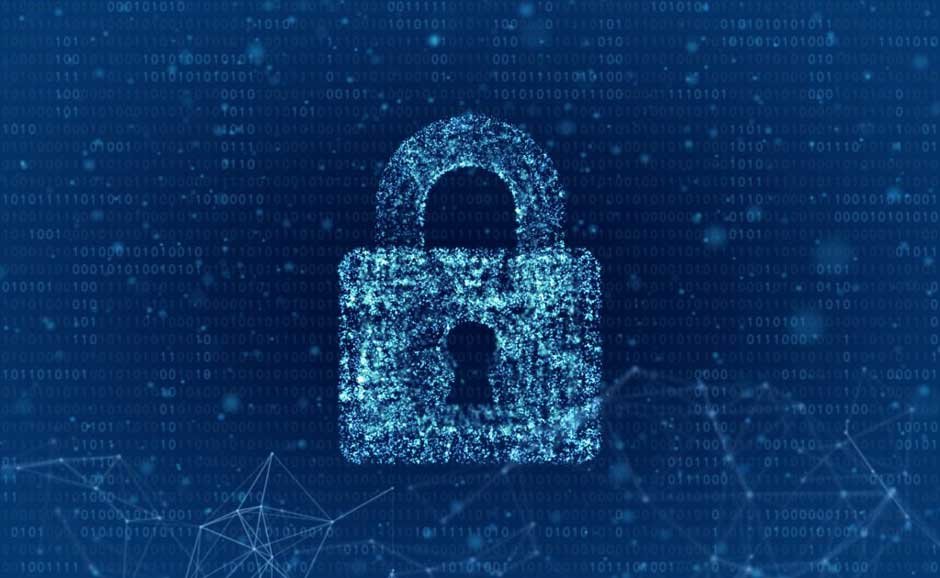Data security is an important part of any business. It’s the backbone that holds your company together. Without it, you’ll be left exposed to cyber criminals who can steal your sensitive data and use it for their own gains. Fortunately, there are simple steps you can take to ensure that your data is protected from cyber-attacks and other threats:
1. Identify Critical Collections
The first step in creating a data security plan is to identify the critical collections of data that you need to protect.
Think about the following:
- The value of your company’s data, including how much it costs you to get back if lost and how much it would cost if compromised
- The likelihood of data being lost or stolen (this will be driven by both internal and external factors)
- How long would it take for your business to recover from losing this particular collection of information or files?
2. Inventory Critical Data
Not everything you collect is valuable, but there are certain pieces of information that are crucial to the operation of your business. These pieces of critical data act as your company’s most important assets, and protecting them should be at the top of your priority list.
Critical data can include anything from financial information (such as customer credit card numbers) to employee records and IP addresses. It’s not always easy to determine what type of information is most critical; as such, it’s best to consult with someone who specializes in cybersecurity management before making any decisions about what types of data need protection first.
3. Conduct a Risk Assessment
Conducting a risk assessment is the first step to identifying and prioritizing IT security risks. This can be done by assessing the probability of a threat occurring, its impact on your business, and the cost of implementing controls to mitigate it.
The second step is to assess vulnerabilities in your environment. This includes identifying any weaknesses or gaps in your organization’s defenses that might make it easier for attackers to penetrate them and gain access to systems or data they shouldn’t have access to. The third step is assessing controls—the tools you have at your disposal that help prevent or minimize these risks from occurring (e.g., firewall rules).
Finally, once you’ve assessed all these elements together as part of one comprehensive plan, it’s time for implementation! Here are some things to keep in mind when selecting cybersecurity management software:
4. Plan for an Incident Response
Planning for and responding to incidents is essential to managing your organization’s cybersecurity. According to the Connectwise’s experts, “An incident response plan will allow you and your team to be prepared in the event that an attack does occur so that you can quickly address the issue and minimize damage as much as possible.” It’s important that a cybersecurity management system includes tools for identifying threats, establishing policies, managing vulnerabilities and implementing risk assessments—all of which are integral parts of any good incident response plan.
The final takeaway is that you should always think about what data you have, and how it might be used by bad actors and then take steps to protect that information. That means identifying the most critical collections of data, inventorying what those are, conducting a risk assessment and planning for an incident response process so that everyone knows what to do if something does happen.






